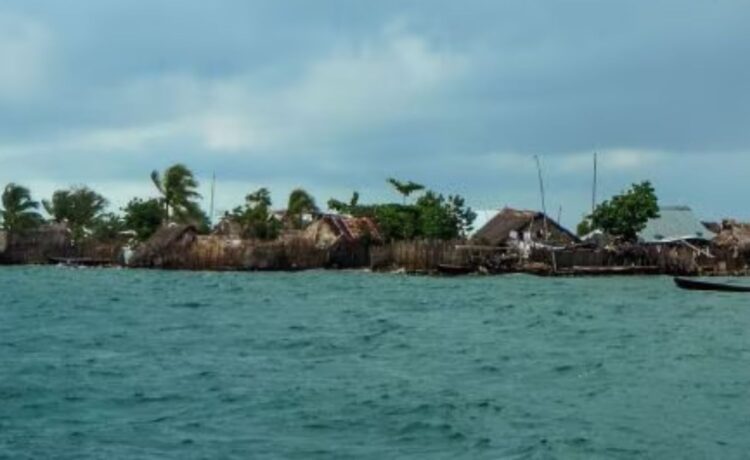Being forced to scale up their financial contributions for climate action, as mandated under the 2015 Paris Agreement, rich and developed countries have proposed that other high-income nations must also be asked to share the burden.
Ahead of the annual climate change conference, this time being held in Baku in November, the developed countries have suggested an income criterion that can be used to rope in more countries to contribute money for climate action.
The responsibility for mobilising climate finance rests mainly on a set of about 40 rich and developed countries named in Annexure II of the 1992 UN Framework Convention on Climate Change (UNFCCC), the mother agreement under which climate negotiations are taking place. These countries were found to have maximum historical responsibility for emissions of greenhouse gases and were also economically well off. Under the UNFCCC, these countries are mandated to provide “new and additional financial resources” to help developing countries in taking climate action.
Between 2020 and 2025, the developed countries were supposed to mobilise at least $100 billion every year for this purpose. The Paris Agreement requires that this amount be scaled upwards in the post-2025 period to a more realistic figure. Several estimates suggest that the money required to take effective climate action requires several trillions of dollars every year.
In Baku, countries are supposed to finalise a comprehensive agreement on climate finance that will have a new target in place of $100 billion. The latest draft of this agreement includes the various suggestions that have been made for this scaled-up amount, being called New Cumulative Quantified Goal (NCQG) on finance. The suggested options range between $1 and $2 trillion every year.
The draft also includes the long-pending demands of the developed countries to expand the donor base, or the list of countries that are required to contribute. These countries have been arguing that it was unfair to put the entire burden of mobilising the increased amount on them, when the current situation was drastically different from the one in 1992 when the UNFCCC was inked. Several countries have become extremely rich during this process, and since the fight against climate change was a common global responsibility, they should also be asked to share the burden.
The draft NCQG text has listed out a few options for the criteria that might be used to identify new contributors to climate finance. One of the options is to rope in every country whose per capita gross national income (GNI) exceeds US$ 52,000 in purchasing power parity terms. This would bring countries like UAE, Qatar and Singapore, who are not part of Annex II, into the fold.
Another option proposes to include the top ten emitters with a per capita GNI of US$ 20,000 in PPP terms. China would get included if this criterion is applied. Yet another option talks about including all countries whose per capita emissions, both historic as well as current, is above 250 tonnes of CO2-equivalent, and whose per capita GNI in PPP terms exceeds US$ 40,000.
Low-income countries, least developed countries, small island developing countries, and those involved in conflict situations are proposed in the draft text to be explicitly excluded from having any financial responsibilities.
This draft text is expected to undergo several changes in the run-up to, and during, COP29 which is beginning in the Azerbaijan capital on November 11.
The NCQG agreement, which is the expected outcome from COP29, is also supposed to address issues like transparency in financial flows, clarity on what constitutes climate finance, and proportional allocation of money to specific needs like mitigation, adaptation or loss and damage.


















